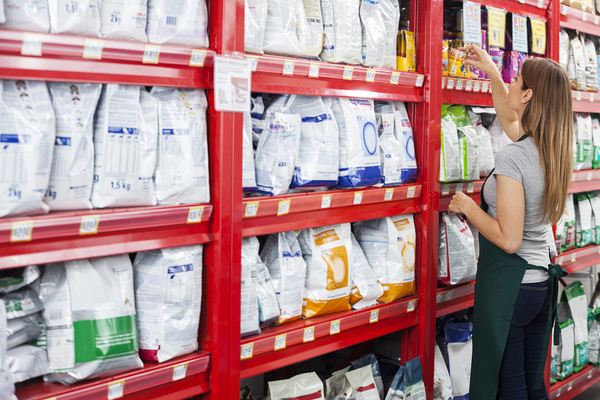Unlike in decades past, brands cannot count on long-term customer loyalty based on name recognition and brand dominance alone. Today’s consumers want transparency, which involves the ready availability of detailed product information. If they think brands are withholding information or providing vague information, they can turn on brands to which they have been loyal for a long time.

Consumers will turn on long-favored brands if they don’t think they’re honest and transparent.
In other words, brands that want loyal customers must build transparency into every aspect of brand-building. A 2016 study by Label Insight of more than 2,000 consumers revealed several key findings:
- Consumers want to know everything about your product.
- They want to know about company values too.
- They’ll look for brand information elsewhere if the brand itself doesn’t provide it.
- Young parents are among the most vociferous supporters of brand transparency.
- Providing transparency can build longstanding relationships with consumers.
Transparency plays an enormous role in creating or restoring consumer trust, and that is essential in a world where consumers, rightfully or wrongfully, worry that manufacturers favor profit over honesty. Here are some of the major points surrounding the transparency trend that food manufacturers and retailers should know.
Conflicts over GMO Labeling in the United States
More than 60 countries around the world have passed laws requiring labeling on products that include genetically modified organisms (GMOs) in their makeup or production. In the US, the state of Vermont wants to pass a state law to that effect, but
So how can food products provide the information that consumers want without turning food packaging design into an exercise in cramming the most information into the least amount of space? Some organizations have suggested that brands include a bar code or QR code on
Transparency and Food Packaging Design Challenges

From pet food to cosmetics to organic vegetables, consumers want products that share information generously.
As you have probably already surmised, one of the biggest challenges facing brands committed to transparency is conveying as much of the most important information as possible on the packaging. Food packaging design must already adhere to regulations concerning allergens, ingredients, and nutrition, and once food brands account for images and marketing copy, sourcing facts that add the transparency people want can get short shrift.
The good news is that most consumers say they would be happy with being able to access complete product information in digital form. The Grocery Manufacturers Association (GMA) SmartLabel initiative is designed to do exactly
Excellent Relationships with Suppliers Important Too
While much of the work that goes into transparency involves the consumer-facing side of a food producer’s business, that is not the entire story. Regulations about designations like “organic” and “gluten-free” are stringent and require a brand’s suppliers to have their own certification inspections, audits, and documentation. So for a brand that utilizes multiple suppliers, managing all this can quickly become complicated, especially with overseas suppliers that use different certifying agencies. Therefore, cultivating and maintaining strong working relationships with suppliers is also essential to providing consumers with the transparency they seek.
If Consumers Don’t Get Transparency from You, They’ll Seek Information Elsewhere
Bear in mind that “opting out” of transparency is not a smart move. Consumers crave information, and if a brand or product does not offer it to them, they will start searching elsewhere for information. Where those searches lead cannot be predicted. In other words, brands that shrug off consumers’ need for product transparency run a huge risk of losing control of their brand narrative to online trolls, conspiracy mongers, and other irresponsible entities that are all too happy to make up information to fill a vacuum. You cannot make these third-party sources go away, but you can curb their influence significantly by committing to providing brand and product transparency yourself.
More brands compete for consumers’ attention than ever, and they do so
 |
 |







